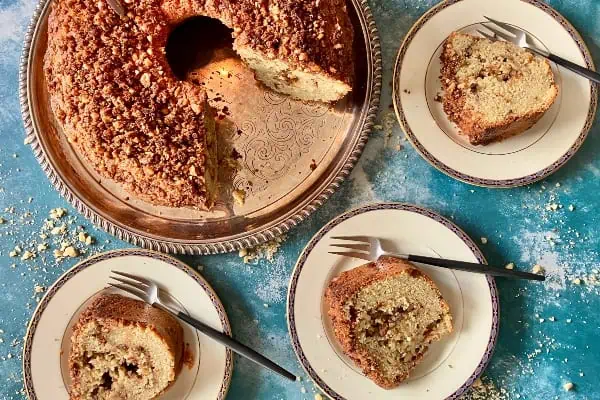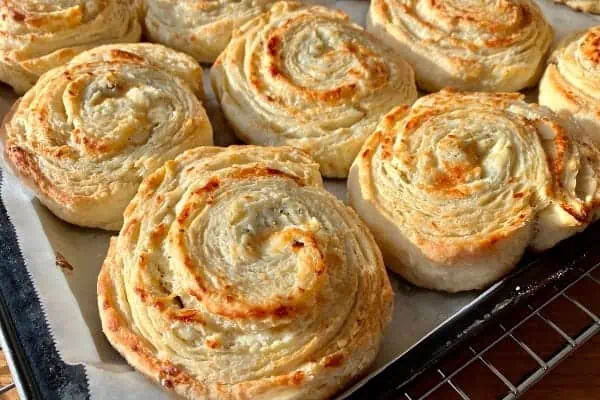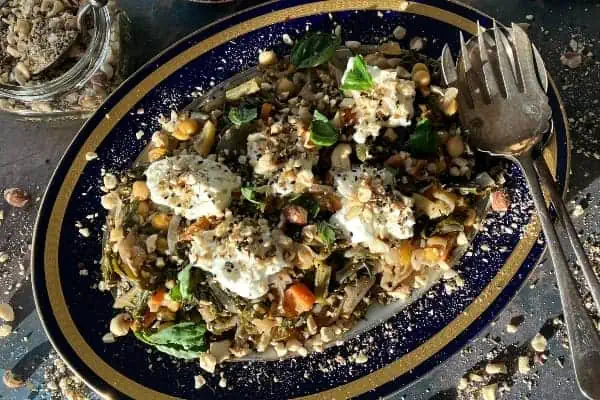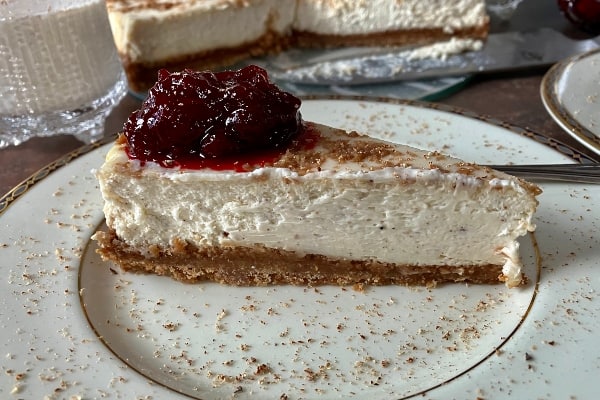We are living in troubled times; world events demand our attention, our participation. But sometimes we just have to take a break. I find one of the best ways to calm the spirit and focus the mind is to go out foraging. When foraging for wild plants we enter the landscape on an intimate scale, we’re down on our knees, looking, exploring, paying attention, the microcosm engages us and the macro shrinks away.
Artemisia frigida, or pasture sage, is the plant I’m paying attention to right now. The matted, woolly clumps of silvery green leaves tend to grow on hillsides, in dry, disturbed ground, often in the same environments where crocuses are found.
In early June the plant starts to look more elegant, the woody stems growing greener and taller, and in mid to late June it sends up wands of small, pale yellow flowers. This is the time to pick, both flowers and leaves.
Of the many varieties of Artemisia that grow in the Yukon, pasture sage is the easiest to use in the kitchen. It’s aromatic without being bitter, it has sweet and savoury applications, it dries well and retains its potency for many months, if stored in a cool dark place. The flavour is reminiscent of both mint and summer savoury.
The Latin name derives from the Greek goddess Artemis, who amongst her many roles was considered the goddess of healing; several Artemisia species are used for their healing properties by Indigenous peoples around the world. And frigida, of course, means cold. (One of the other common names for the plant is Arctic sage.)
As always, pick sparingly and consume carefully, until you’re sure you don’t have an intolerance. (It’s a member of the huge Asteraceae family; other food members include chicory, endive, artichokes, sunflowers.) Air-dry away from direct sunlight and store in a covered container.
Here’s another way to take a break from the world: make ice cream.
Pasture sage and Yukon wildflower honey complement each other beautifully here—the sage takes on a fresh, almost minty character, and the honey delivers a sweet and complex finish. First you make a rich custard, then you chill the custard, then you freeze it. Start the recipe several hours or the day before you plan to serve. To make ice cream without a machine: Pour custard in a shallow dish. Freeze for 30 minutes, whisk vigorously to break up ice crystals, return to the freezer. Repeat 5 times for a total of 2 ½ hours, then allow ice cream to freeze for 1 more hour.
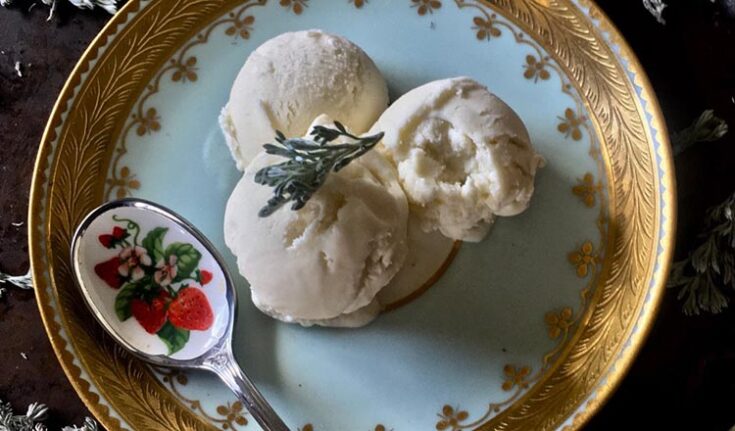
Sage and Honey Ice Cream
Ingredients
Instructions
Notes

